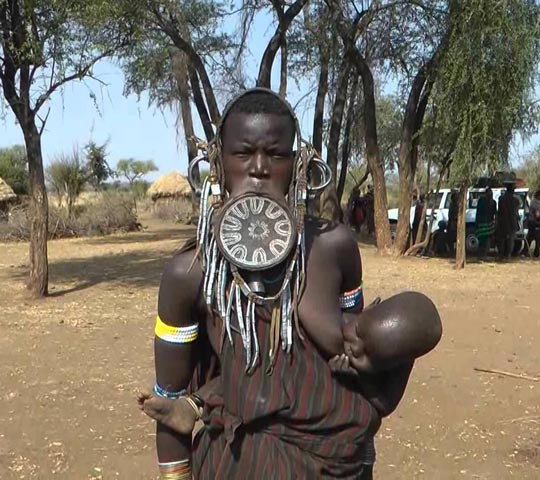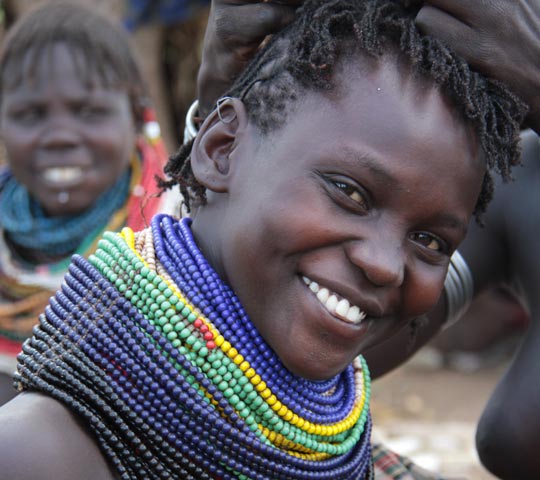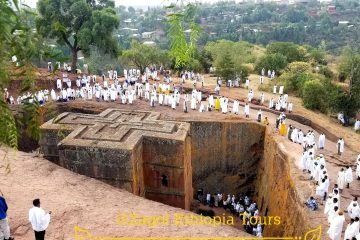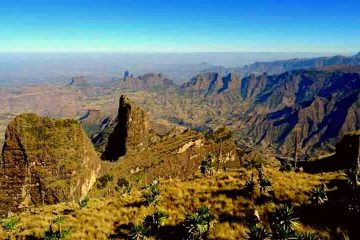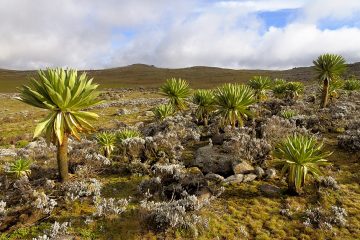The OMO river of Ethiopia like many other African countries is a multi-ethnic state, the name of the ethnic groups vary.
The people of the lower Omo valley from polygamous societies which follow the paternal line, they have strict regulation for marriages between groups, subgroups, sub-clans or different clans to prevent the ill effects of bearing children in a marriage of people too closely related. Generally, groups are divided into two parts. Several clans are responsible for established conjugal unions between both sides. In other cases, the union between different ethno-cultural groups is established in both directions or in one direction only. For example, if there is any conjugal union between Tsamako and Banna people, it always is a Tsamako woman marrying a Banna man, never the other way around.
A simple linguistic classification can be used as a reference point to order the vast number of names of the peoples of the Omo. The entire Omo region is inhabited by ethno-cultural groups pertaining to two important linguistic lines. First one, Nilo-Saharan: Nyangatom (Bume), Mursi, Surma
Second one, Afro-Asiatic: Omotics- Karo, Banna, Hamar, Dizi Eastern Cushitic – Dassanetch.

